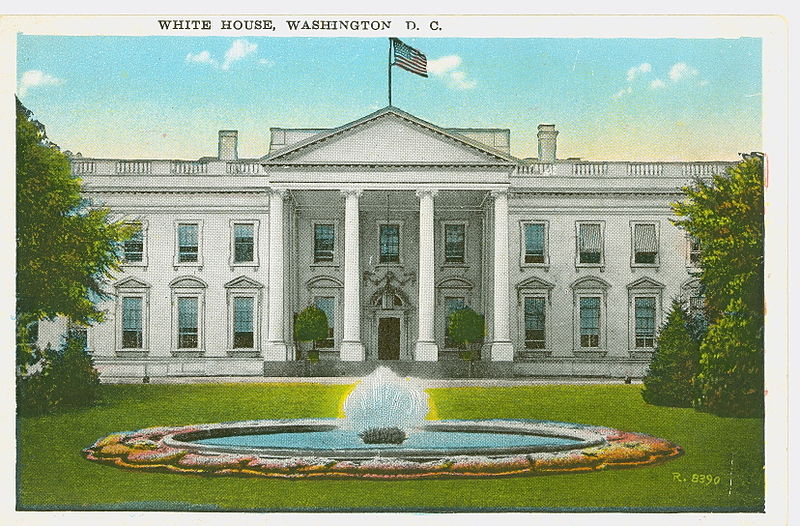 Yes, the foreign policy of the United States has been predominantly concerned with the balance of power with USSR from 1945 to 1991. The rest of this essay will present facts and arguments in support of this assertion.
Yes, the foreign policy of the United States has been predominantly concerned with the balance of power with USSR from 1945 to 1991. The rest of this essay will present facts and arguments in support of this assertion.
Right through its history, America has not hesitated to use force under the pretexts of principles, sovereignty and justice. American military intervention in world affairs has risen drastically since the end of the Second World War. The period following the Second World War saw America assume the role of a superpower that headed the western coalition in what was a bipolar world. American Presidents presiding over some key events in history, such as the Cuban Missile Crisis, The Cold War, The Vietnam War, etc., were hindered from acting as public representatives due to pressure from the military industrial complex. John Kennedy, Lyndon Johnson, Ronald Reagan, George Herbert Walker Bush and George W. Bush – all of them were subject to these opposing interests. But eventually, the corporate-government nexus proved too powerful; and in this sense American Presidents after the Second World War were largely restricted and powerless to uphold their higher personal values. Most of the strategic moves on part of the United States after the end of the Great War were directly in response to anticipated threat from the other superpower the USSR[1].
In 1947, Great Britain, still reeling under the aftermath of World War Two, decided to transfer its control of Palestine to the United Nations. The United Nations’ Special Committee on Palestine (UNSCOP) made a few recommendations. One of it is to partition Palestine. This was later adopted under UN Resolution 181, which also included a plan to allocate Greater Jerusalem as a common international area. This was never acceptable to the Palestinians and it resulted in a war shortly afterwards.
The period between 1949 and 1956 saw tensions escalate in the region as Jordan, Egypt and Syria endeavoured to protect their respective borders from an Israeli invasion. In spite of negotiations by the UN to prevent armed conflict, in February 1955, Israel invaded the Gaza Strip in Egypt. The then Egyptian President Nasser, alarmed at his army’s incompetence approached the West for assistance, which they promptly refused. This left Egypt with no other option than to turn to the Soviet Union for military support.
The ramifications of the Cold War soon spread into the Middle East. The West did not want the oil-rich region to fall to communism and to negate Soviet influence over the region; the United States increased its foothold in the Middle East. The big prize for the West would be Palestine. Although the area of land comprising Palestine was relatively small, it nevertheless was strategically located stretching along the eastern coast of the Mediterranean Sea and located between the Middle East and Northern Africa. Hence, the U.S. intervention in Middle Eastern affairs has a big element of self-interest in it.
The Jewish migration to Palestine saw a sharp increase in the decades after world war one. The population increased from 65,000 in 1919 to 650,000 by 1947. This deluge of humanity usurped lands traditionally belonging to the Palestinians, which angered the latter. In the mean time, President Truman accepted the stipulations put forward by the Peel Royal War Commission Report[2] in the year 1937. However, due to the perceived unjustness of the partition, it was not implemented.